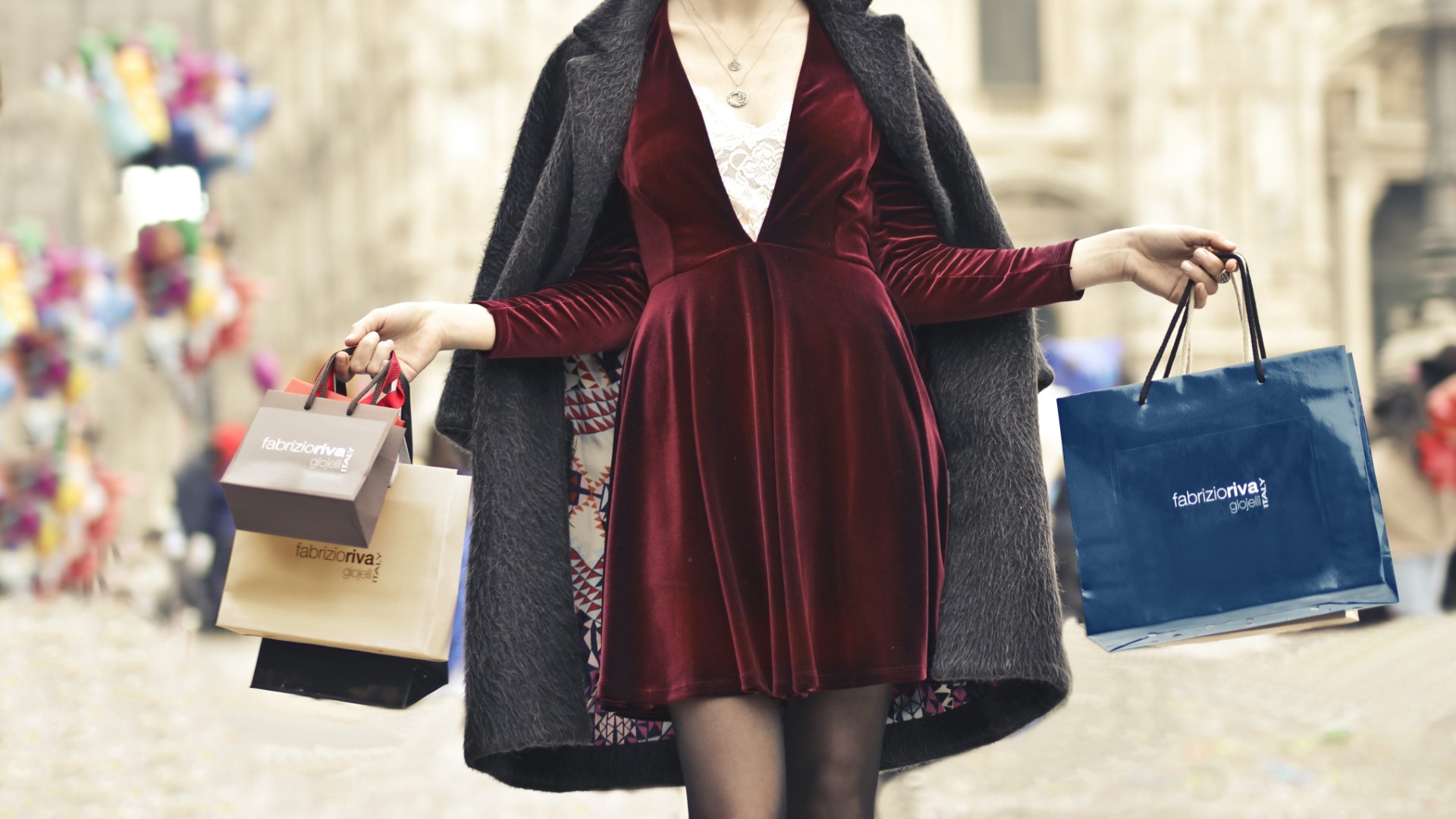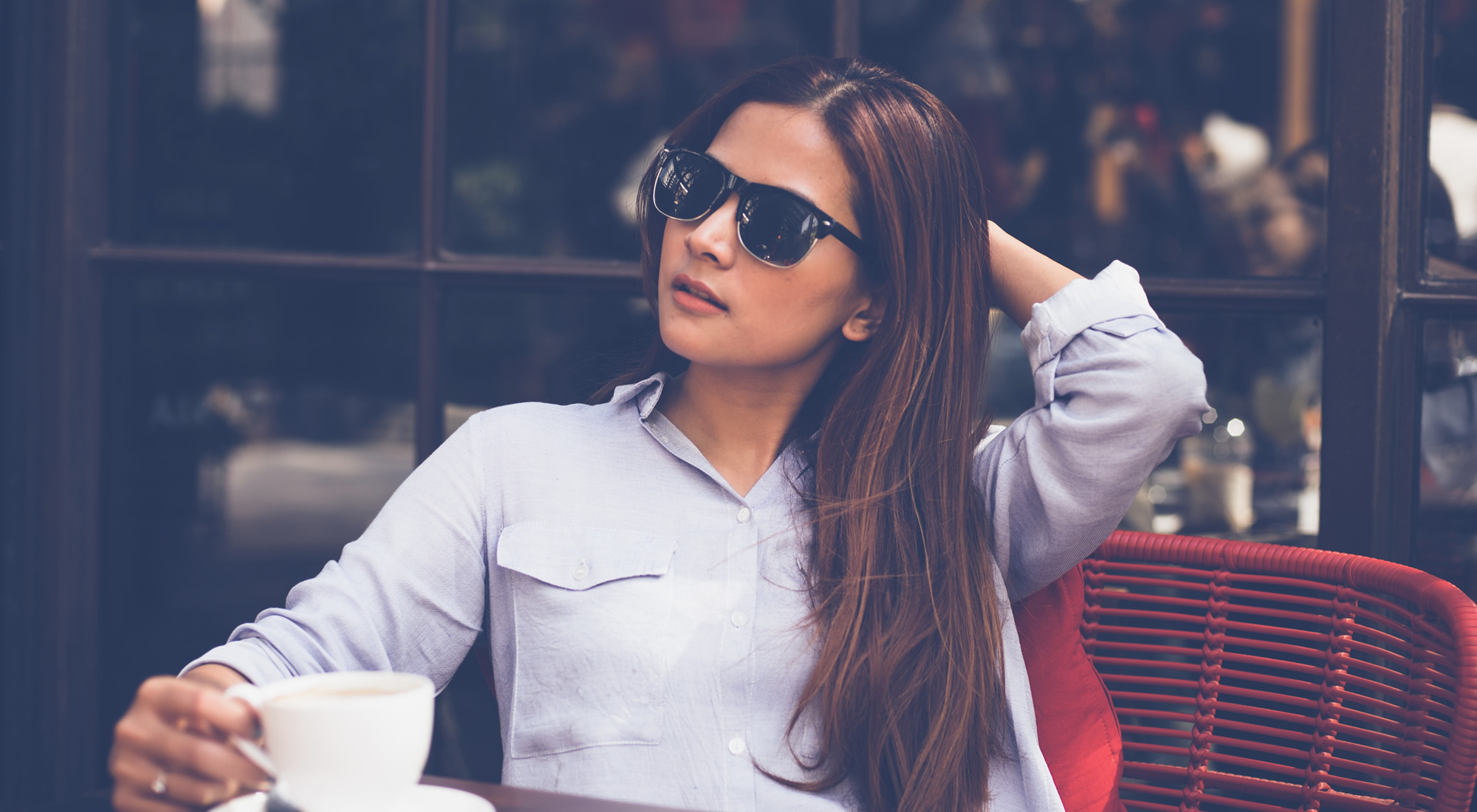This post is also available in:  English
English 繁體中文 (Chinese (Traditional))
繁體中文 (Chinese (Traditional))
How to choose and match dresses to show your personal charm on different occasions?
LIFESTYLE / 2023-04-19
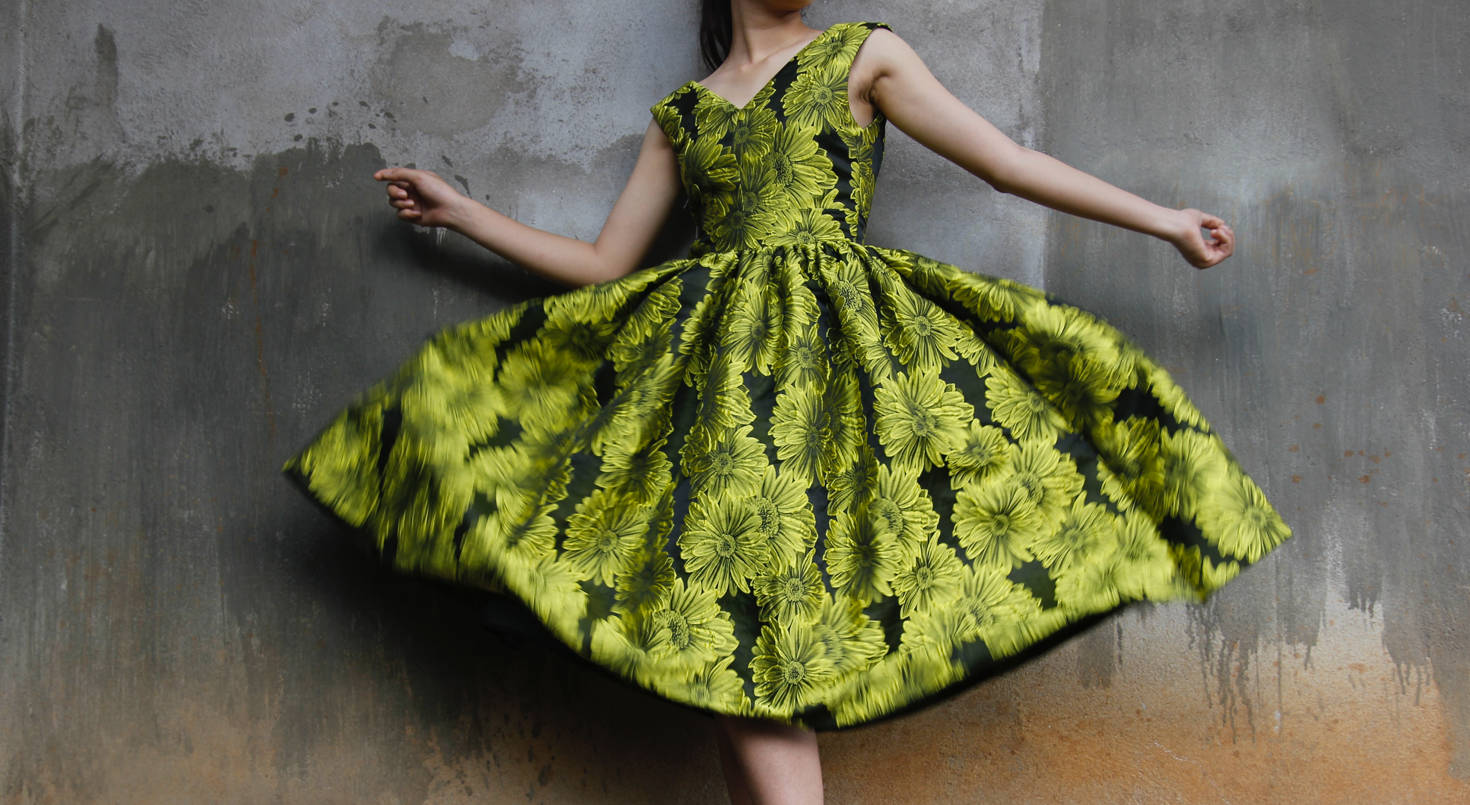
- What styles and types of dresses are there?
- How to choose the dress that suits you?
- How to choose the size of the dress?
- How to choose a dress according to the occasion?
- What are the materials of dresses, how to choose?
- What shoes can be worn with a dress?
- What accessories can a dress be worn with?
- How to make a sense of layering in the dress?
- How can dresses be matched in winter?
- How to wear a dress that is suitable for work?
What styles and types of dresses are there?
Dresses come in a variety of styles and types, here are a few of the more common ones:
Mini Skirt dress: Above the knee length, usually more sexy and fashionable.
Mid-length dresses: from the knee to the ankle, suitable for formal occasions and everyday wear.
Long dress: longer than the ankle, usually more elegant and formal.
A-line skirt dress: The hem is A-line, suitable for women of all shapes and sizes.
Ruffled dress: add ruffles to the edge of the dress to make the skirt more feminine.
Dress suit: A suit consisting of a top and skirt, suitable for business and formal occasions.
Lace dress: Adding lace material to the dress adds romance and elegance.
Dress: A one-piece dress in which the top and skirt are integrated, which is very convenient to wear.
Shirt Dress: The design of a shirt top with a skirt is casual and comfortable.
Mink fur skirt: A skirt made of mink fur is very warm and elegant.
Ethnic dress: Ethnic patterns and materials are used to add a special style and charm.
Evening dress: A dress specially designed for dinner parties and formal occasions, often using noble materials and ornate designs.

How to choose the dress that suits you?
Here are a few things to consider when choosing the right outfit for you:
Cuts and Designs: Different dress cuts and designs suit different body shapes and occasions. For example, A-line skirts are suitable for fuller figures, while slim fits are more suitable for slim figures. In addition, design details such as neckline, sleeves, lace, etc. will also affect the style and applicable occasions of the dress.
Material and texture: The material and texture of a dress will also affect the overall style and comfort. For example, a cotton dress is suitable for summer, while a silk dress is suitable for formal occasions.
Colors and patterns: Different colors and patterns can create different atmospheres and styles. When choosing a dress, you can consider your skin color, preferences and the needs of the occasion.
Length and proportion: The length and proportion of the dress are also important considerations in the selection. For example, a short above-the-knee style is suitable for women who show slender legs, while a mid-length knee-length style is suitable for more occasions.
Comfort and Stretch: Finally, the comfort and stretch of a dress is also a factor to consider, especially if it will be worn for a long time. You can choose soft and comfortable fabrics with certain elasticity, or designs with elastic waist or zipper to increase the comfort of wearing.
Based on the above points, you can choose the dress that suits you best according to your body shape, style and needs.
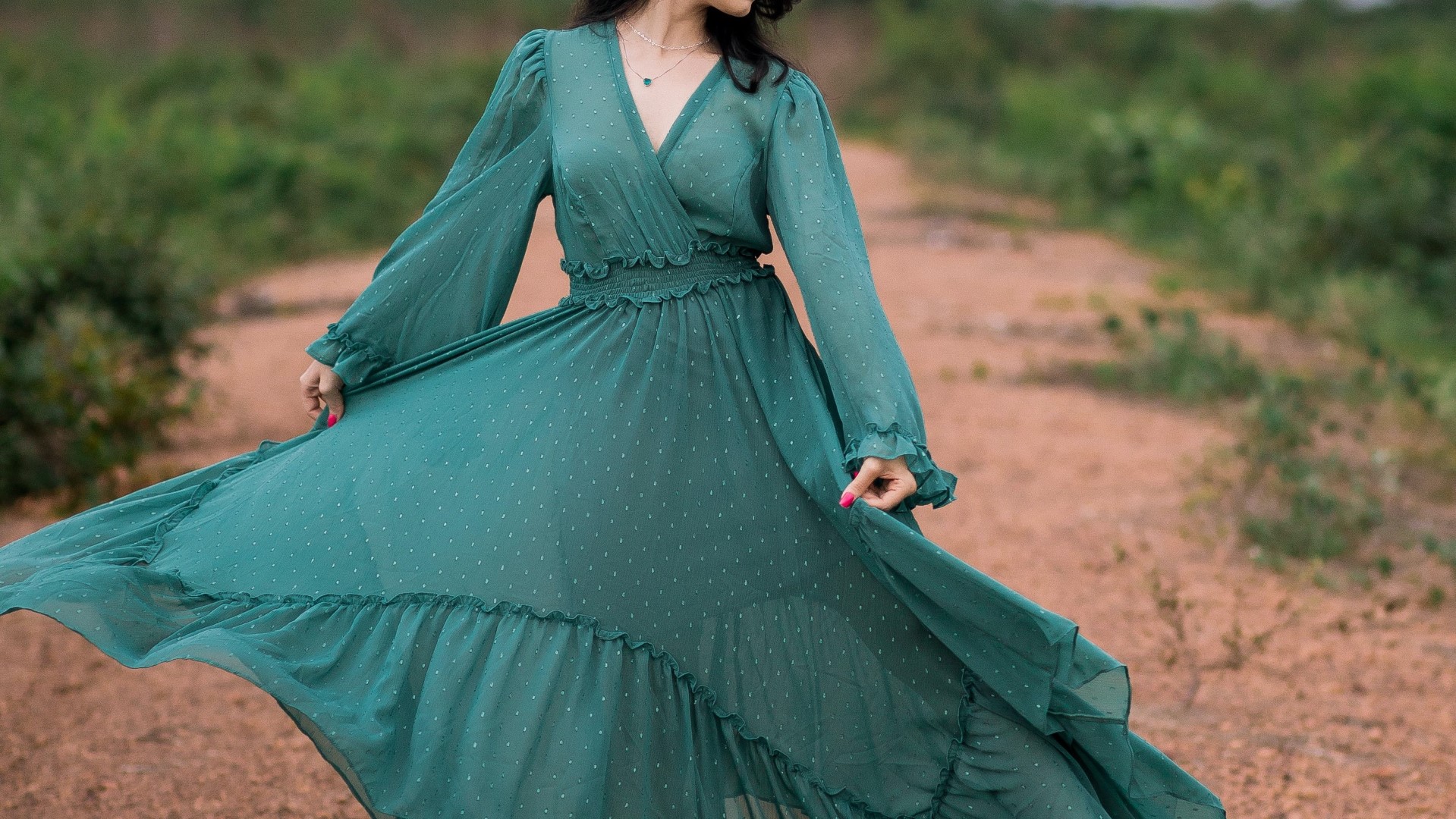
How to choose the size of the dress?
When choosing a dress size, you need to pay attention to the following points:
Measure your body size: To choose the right size for your dress, you first need to measure your body size, including bust, waist, and hip.
Refer to the brand size chart: The size chart of different brands of dresses may be different, so you can refer to the brand's size chart first, and then choose the size that suits you.
Consider material and stretch: The material and stretch of a dress can affect comfort and fit, so consider these factors when choosing your size.
Try it on: It is best to try on a dress to determine whether the size is suitable, and you can also see whether the tailoring and quality of the dress meet your requirements.
In short, when choosing the size of a dress, you should refer to your own body size and brand size chart, and also consider factors such as material and elasticity. It is best to try it on to determine whether the size and quality meet your requirements.
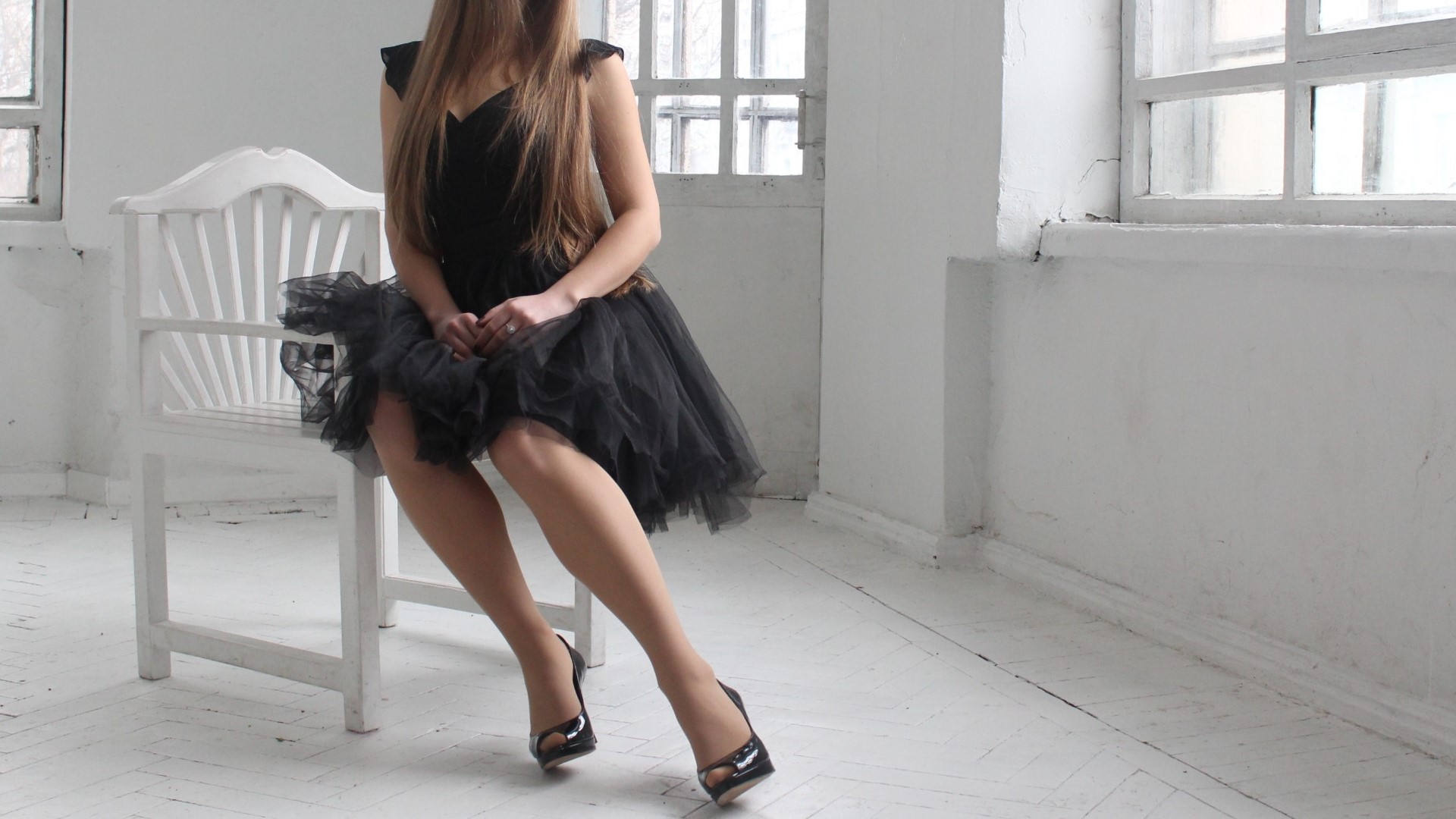
How to choose a dress according to the occasion?
The choice of dress should be based on different occasions and activities, choose the appropriate style and style. Here are some suggestions:
Formal occasions: For formal occasions, such as weddings, dinners, etc., you can choose long dresses or evening dresses, and you can also choose styles such as suspender skirts and backless skirts. You can choose black, white, red and other decent colors.
Business occasions: In business occasions, it is recommended to choose simple and decent styles, you can choose suit skirts, straight skirts, etc., and you can choose calm colors such as black and dark blue.
Daily life: In daily life, you can choose different styles according to your preferences and body shape, such as long skirts, short skirts, one-piece skirts, etc. You can also choose colors according to your personal preferences.
Party and entertainment activities: In parties and entertainment activities, you can choose more lively and fashionable styles, such as off-shoulder skirts, flower skirts, lace skirts, etc., and you can choose bright and eye-catching colors.
In short, when choosing a dress, you need to consider different occasions, your body shape, preferences and other factors comprehensively, and choose the appropriate style and color.
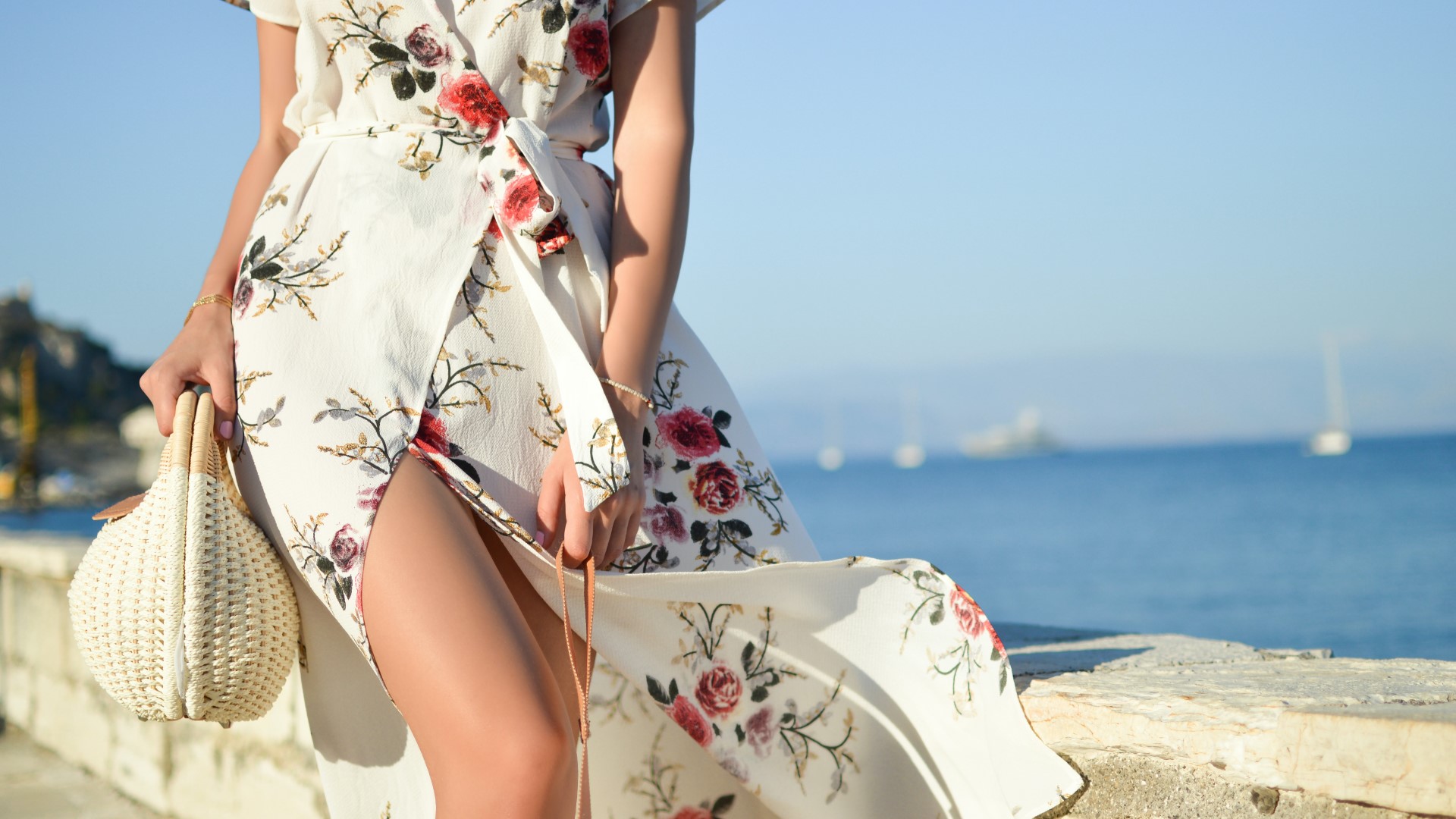
What are the materials of dresses, how to choose?
There are many kinds of materials for dresses, common ones include cotton, silk, wool, hemp, synthetic fibers and so on. When choosing the material of the dress, you can consider the following points:
Occasion: Depending on the occasion of the dress, the material you choose is also different. For example, choose a light cotton or linen dress for a daytime summer occasion, and an elegant silk dress for a formal occasion such as a dinner party.
Comfort: When choosing the material of a dress, you should consider the comfort. Choose a material that is soft, breathable, and not prone to static electricity to ensure that it is comfortable to wear all day long.
Maintenance method: Different materials require different maintenance methods, and you should choose according to your own time and economic ability. For example, a silk dress requires more careful washing and maintenance, while a cotton or linen dress is relatively easy to maintain.
Personal preference: Finally, personal preference and style should also be considered when choosing the material of a dress. For example, some people prefer soft silk dresses, while others prefer textured wool or leather dresses.
In short, when choosing the material of a dress, you need to consider factors such as the occasion, comfort, maintenance methods and personal preferences, in order to choose the most suitable dress for you.
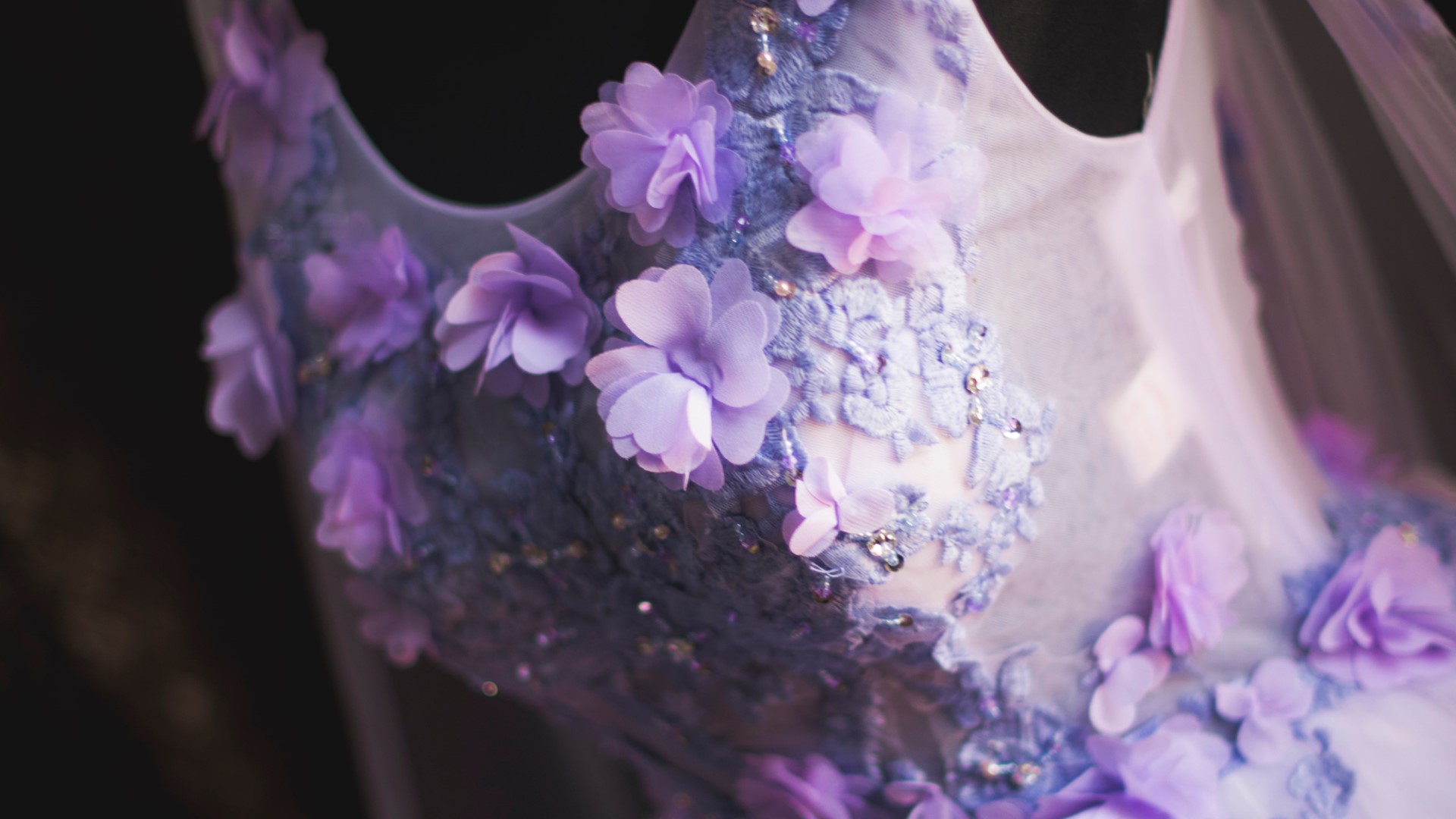
What shoes can be worn with a dress?
Dresses can be paired with a variety of shoes, here are some common combinations:
High heels: High heels are the most common way of matching, which can make the legs more slender and add feminine elegance. Choose a heel height to match the style of the dress, such as an above-the-knee dress with high-heeled ankle boots, or a long dress with high-heeled sandals.
Flats: Flats are a comfortable and practical choice that can be paired with casual or relaxed dress styles, such as shirt dresses, ruffled dresses, and more.
Sandals: In summer, sandals can be worn to add a refreshing feeling, and strappy or T-shaped sandals are good choices.
Sneakers: Sporty dresses can be paired with casual sneakers for a stylish look.
Boots: Long boots or short boots are a good match for a dress, especially in autumn and winter, choose styles and colors that suit the atmosphere.
In general, the choice of shoes should take into account factors such as the style of the dress, the occasion, the atmosphere, and personal style.
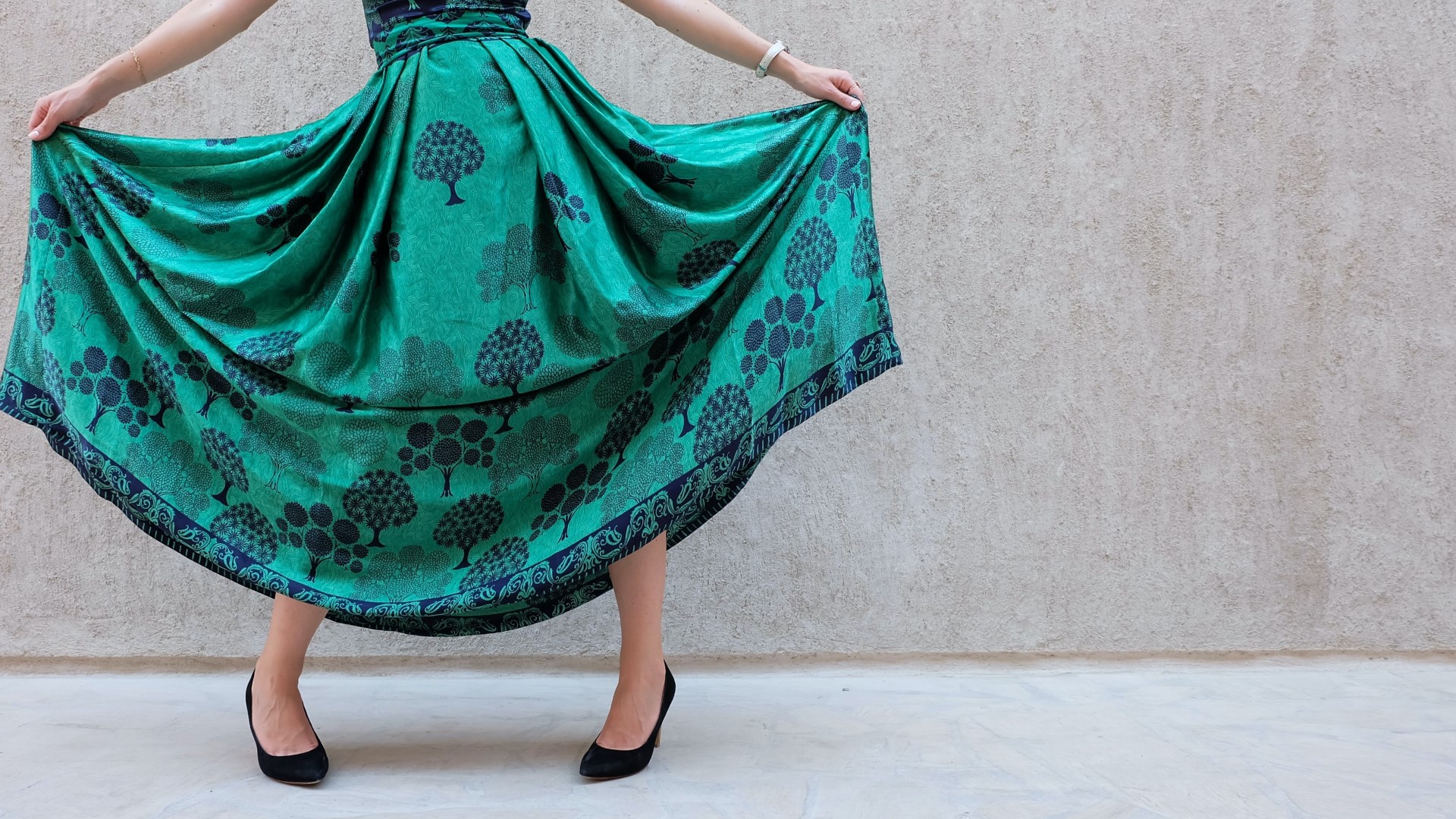
What accessories can a dress be worn with?
Dresses can be paired with all sorts of accessories, here are some common outfit suggestions:
Necklaces: Choosing the right necklace can make the dress more layered, such as a simple gold and silver chain or a gorgeous gemstone necklace, depending on the situation.
Bracelet or watch: Matching appropriate jewelry can make the overall shape more complete. You can choose a metal bracelet or a simple watch.
Belt: Tie the belt around the waist of the dress to accentuate the waistline and adjust the length and width of the skirt.
Glasses: The right style of glasses can add personality to the overall look, such as retro large-frame glasses or fashionable toad mirrors.
Bag: It can be matched with a suitable handbag or cross-body bag. It is recommended to choose a simple and elegant design instead of an overly fancy style.
Shoes: Can be paired with a variety of shoes, such as high heels, flats, sandals, etc., depending on the occasion and personal preference.
In general, when matching accessories, you need to pay attention to the unity and coordination of the overall style. Don't be too fancy or complicated. Choose a simple and elegant design to better highlight the beauty of the dress.

How to make a sense of layering in the dress?
To create a layered sense of collocation in a dress, you can start from the following aspects:
Wearing and matching accessories: You can match necklaces, bracelets, earrings, hats and other accessories. These small items can make the whole outfit more layered, and can also highlight your personal style.
Color matching: You can choose corresponding accessories to match according to the color and material of the dress, which can make the whole outfit more coordinated.
Layer matching: You can use the dress as an inner layer, and put on a coat or shirt to create different layers. For example, you can use a long dress as an inner layer, and then wear a short coat, or match a belt with the dress.
Shoes matching: You can match the corresponding shoes according to the style and type of the dress. For example, high heels can make the whole outfit more elegant, and flat shoes can make the whole outfit more casual.
In short, in order to create a layered sense of collocation in a dress, you need to match it from multiple aspects, and choose according to your own style and occasion.
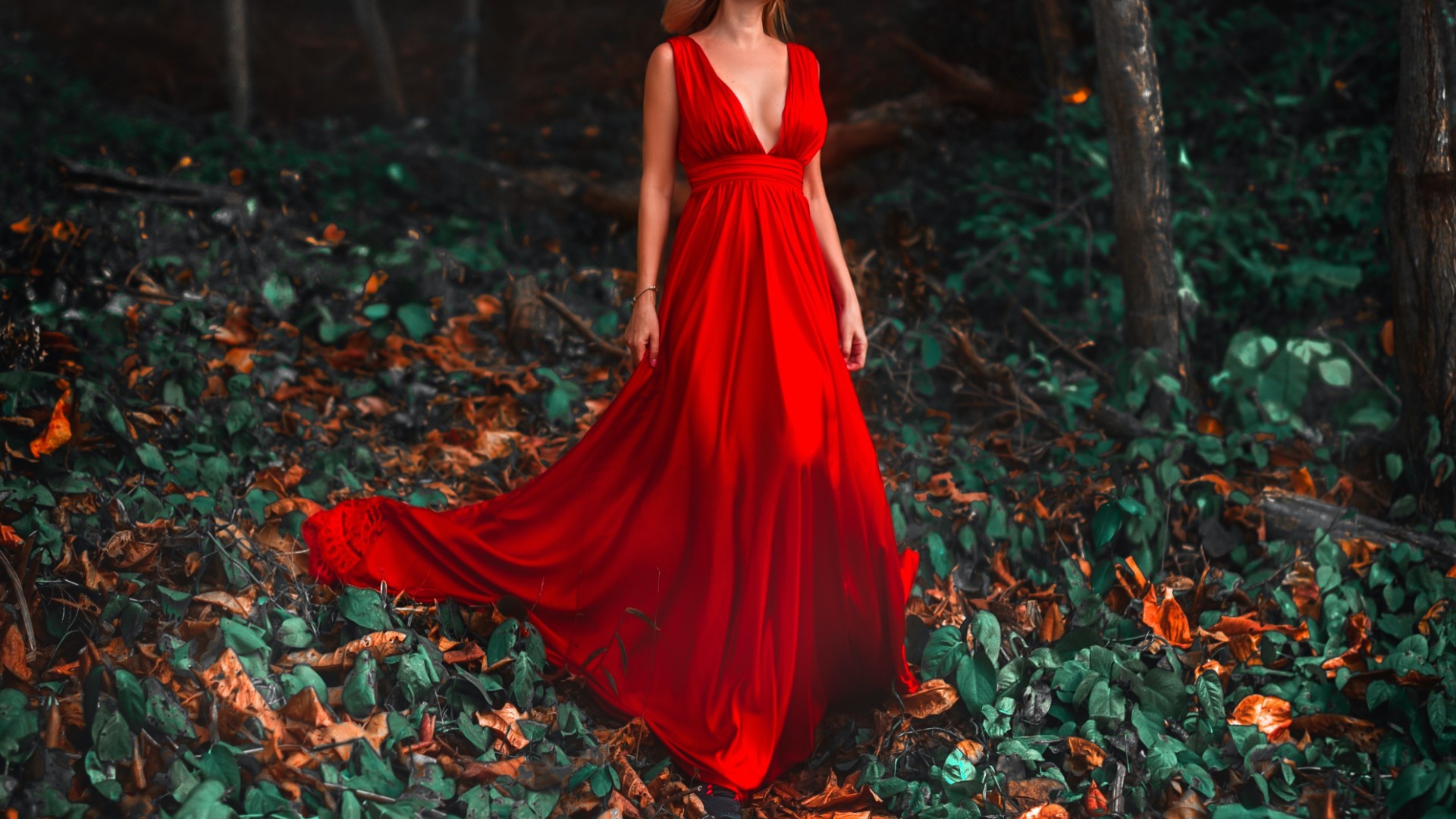
How can dresses be matched in winter?
In winter, when matching a dress, you need to consider warmth retention. Here are some suggestions for matching a dress:
Wear it with a thick coat: You can choose a thick coat such as a leather jacket, woolen coat or down jacket to make the whole look more warm.
Put on boots: Boots not only protect your legs from the cold wind, but also add layering to your look. Choose black or brown boots, which can be matched with different styles of dresses.
Wear with a scarf or gloves: Opt for a soft woolen scarf or mittens to keep warm and add a winter vibe to your look. Opt for brightly colored scarves or gloves to accentuate your look.
Choose thick stockings: Choose thick stockings to keep your legs warm and add elegance to your look.
Wear it with a hat: Opt for a chunky hat like a beanie or fedora to keep you warm while adding a winter vibe to your look. You can choose the same color as the coat or shoes to achieve an overall coordinated effect.
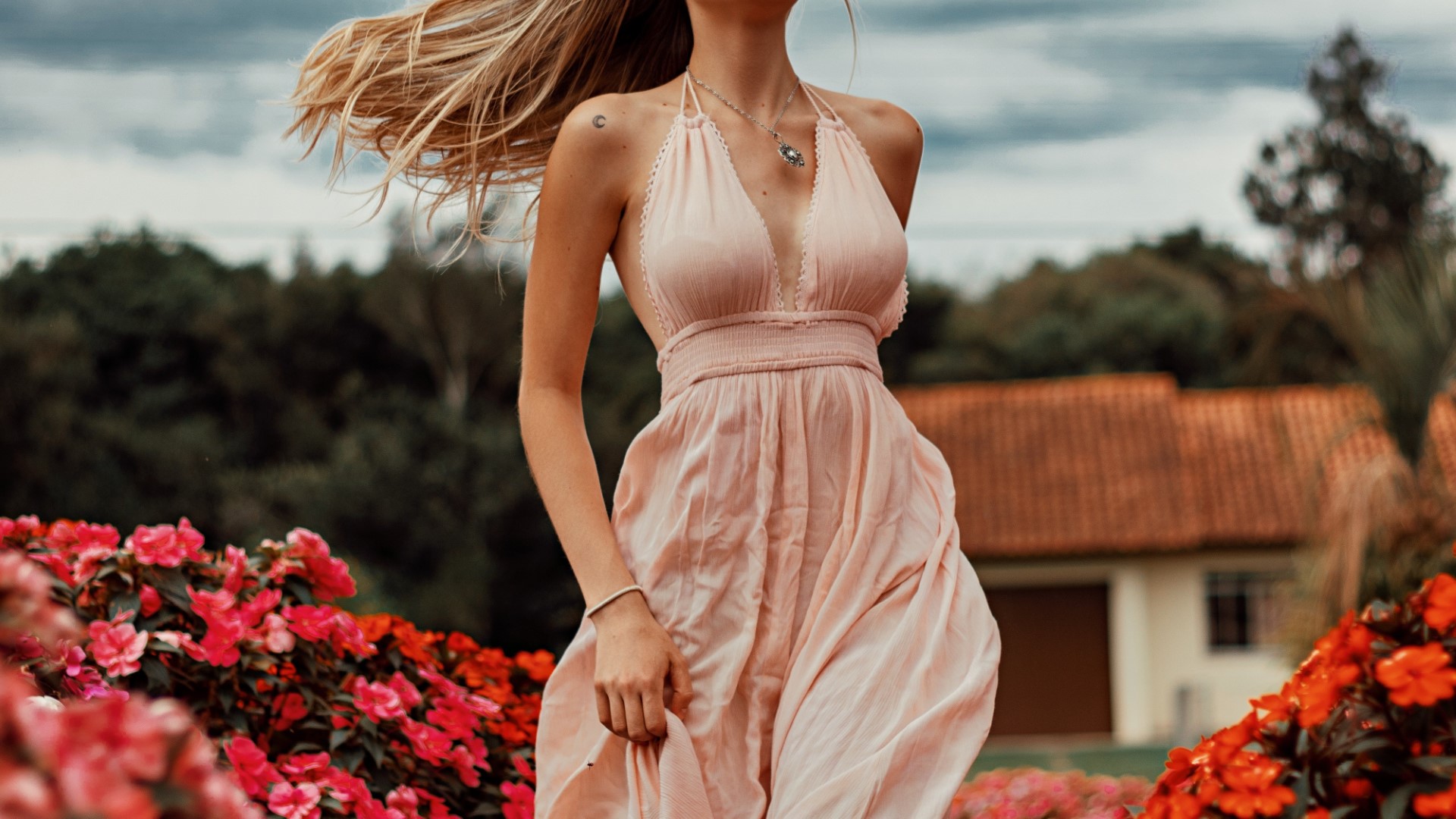
How to wear a dress that is suitable for work?
Here are a few tips to consider when dressing your dress for a work-friendly look:
Choose a dress with a suitable cut: It is very important to choose a dress with a suitable cut. You can choose a slim-fitting style, which can properly reveal the lines of your figure, and should not be too tight or too loose.
Choose the right color and pattern: For business occasions, it is recommended to choose simple and elegant monochrome dresses or simple patterns, avoiding too fancy or too bright colors.
Matching with a suitable coat: According to the weather conditions, you can match with a suitable coat, such as a windbreaker, coat, leather jacket, etc., which can increase the layering of the overall shape.
The choice of accessories should be cautious: in business occasions, it is recommended to choose simple accessories, such as light-colored necklaces, simple watches, etc., and should not be too gorgeous or eye-catching.
Choose the right shoes: In business occasions, it is recommended to choose high-heeled shoes or medium-heeled shoes with pointed or round toes, which can make the legs longer, but pay attention to moderation and avoid shoes that are too high or too short.
